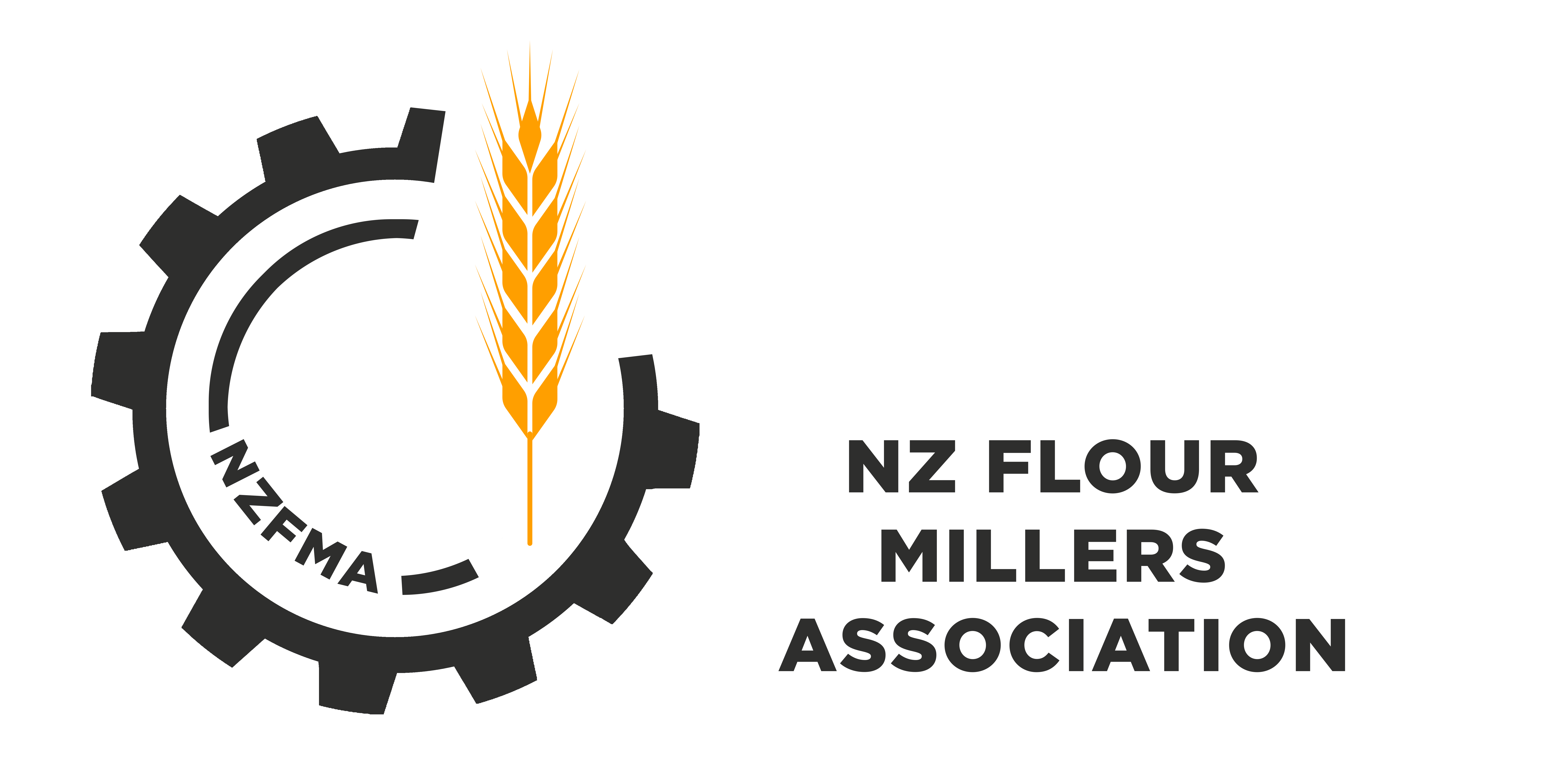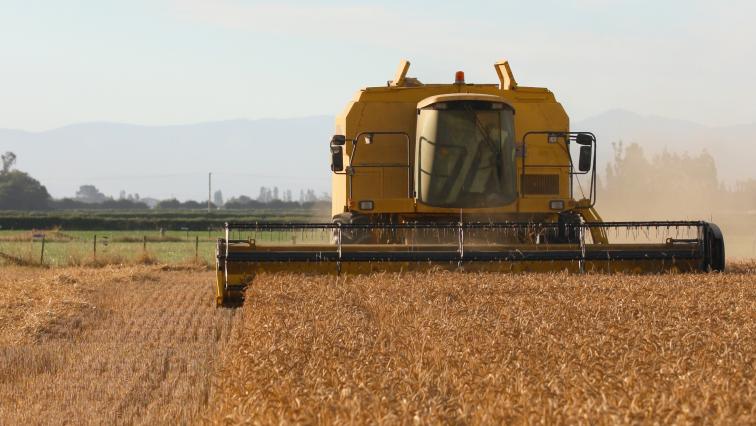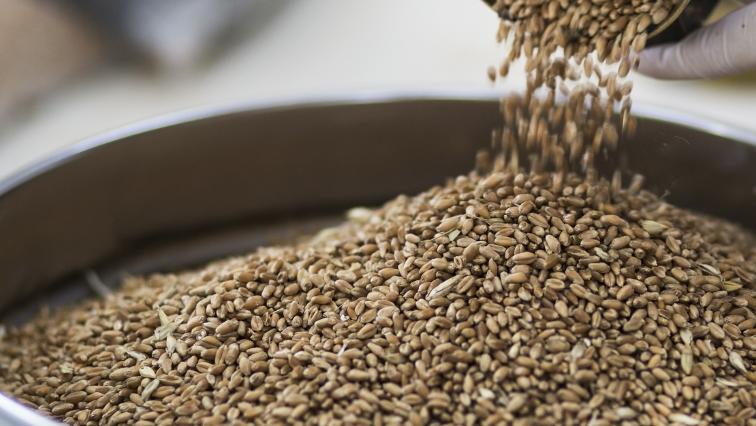A wheat grain has a crease down one side. That is where the stalk lay by which the grain was attached and fed in the ear of the plant.
If it was not that shape, but was round, it would be very easy to mill by grinding off the outer layers of the bran, similar to the process that is used today for polishing rice.
Wheat grains are generally oval shaped, although different wheats have grains that range from almost spherical to long, narrow and flattened shapes. The grain is usually between 5 and 9mm in length and weighs between 35 and 50mg.
The grains are commonly a red colour, although many wheats have white grains and more unusually purple, black, brown, green or grey varieties exist. The wheat grain or kernel is divided into several parts, as shown in the diagram.

There are several layers of Bran which protect the seed and are partly waterproof which ensures that the seed will not start to grow immediately after harvest. Bran is included in whole wheat flour and can also be purchased separately.
Bran contains a small amount of protein, large quantities of three major B vitamins, trace minerals and primarily insoluble dietary fibre. Bran makes up approximately 14.5% of a kernel of wheat.
The Germ is the embryo or sprouting part of the seed, often separated from flour in milling because the fat content of 10% limits shelf life as fat goes rancid over time. The Germ contains minimal quantities of high quality protein and a greater share of B vitamins and trace minerals. Wheat germ is part of whole wheat flour and can be purchased separately. Germ makes up approximately 2.5% of a kernel of wheat.
The Endosperm is the source of white flour. It contains the greatest share of protein, carbohydrates and iron, as well as the major B vitamins, such as riboflavin, niacin and thiamine. It is also a source of soluble fibre. The Endosperm makes up approximately 83% of a kernel of wheat.
In making white flour, the miller aims to obtain the greatest possible amount of the whitish interior from the grain and the endosperm, and to separate the flour, bran, and germ as efficiently as possible.
The Aluerone is a thin layer between the bran and the endosperm.
The Scutellum is also a thin layer between the germ and the endosperm.
Both of these layers are very rich sources of vitamins essential for our health which may be deficient in our diet.
It is common practice overseas when very white flour is milled and these layers are lost, to add synthetic vitamins to make up the deficiency. This is not something that occurs in New Zealand, as only vitamins listed in FSANZ can be added to flour.
Endosperm consists of a mass of brick shaped cells which contain starch surrounded by a clear glassy protein. It is this protein when water is added that causes the stickiness and structure of dough.
The wet protein, called gluten, has four very important properties which make wheat flour suitable for bread making:
- It swells in water, to hold about twice its own weight in water,
- It is sticky
- It flows when pulled
- It is elastic like rubber.
The structure of starch granules embedded in glassy protein is like the structure of concrete with shingle pebbles embedded in the cement and sand.
During milling, pure chunks of endosperm are broken down by the reduction system, the result is much like breaking concrete with a hammer. The results is a variety of pieces of different sizes ranging from lumps with a similar structure of the whole concrete down to clumps of just two or three starch granules held together with protein, single starch granules, and small bits of protein.
These pieces jumbled together make flour, and the pieces cannot be separated by sieving alone because the small ones cling to the large ones.
They can be separated by air classification in a process called purification.
The protein content of wheat grains varies considerably, from 7% to 17%, depending on the climate, weather, soil and the variety of wheat.
Wheat with a high protein content would typically be:
- Grown and ripens in hot dry climates.
- Would have a glassy, vitreous look.
- Can be described as a hard wheat.
- Better for bread making.
Wheat with a low protein content would typically be:
- Grown in cool and moist summers.
- Grain would typically appear to be white and dull.
- Would be described as a starchy wheat.
- Would be soft, and easily chewed.
- Better for making cakes and biscuits


